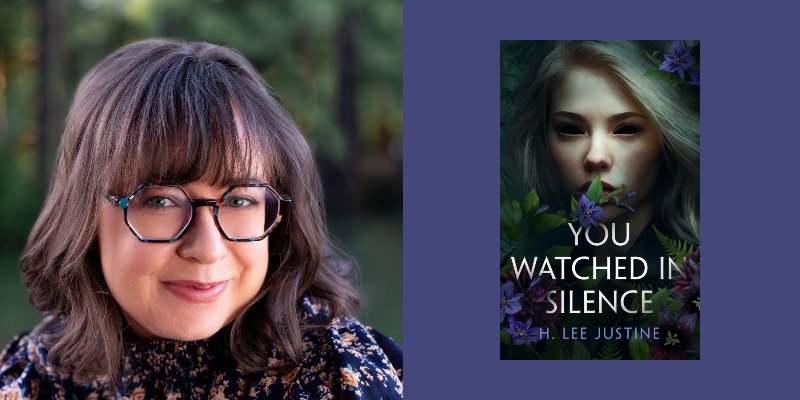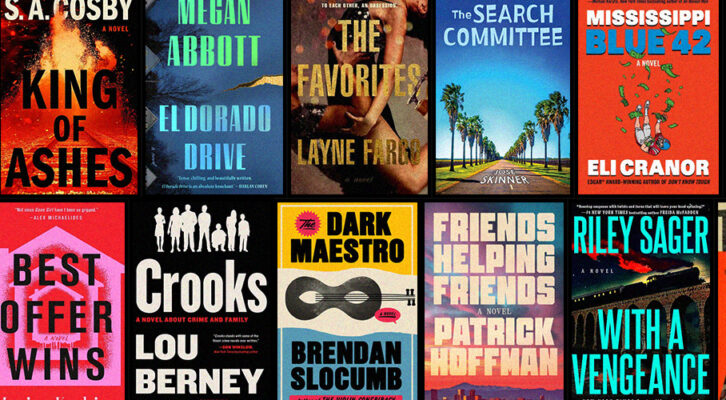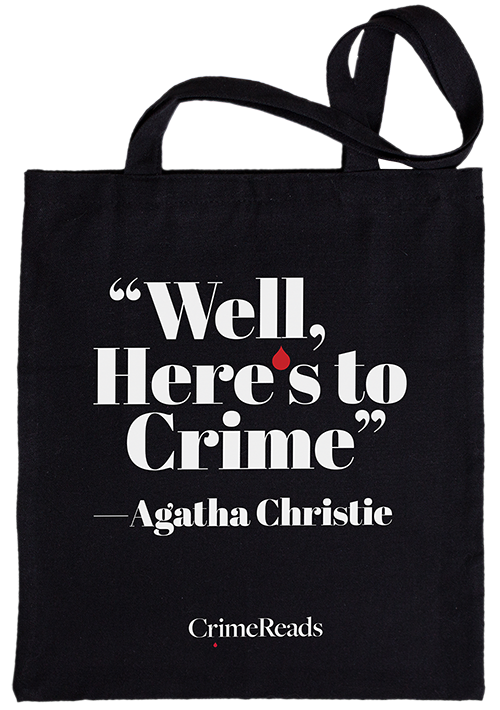I don’t go a day without seeing a mean comment about myself. Whether it’s attacking my looks, my intelligence, or my annoyingly high-pitched voice, the only way not to see criticisms of myself is not to look at my comment section at all. It comes with the territory of being on TikTok with 200,000 followers.
And don’t feel too bad for me. I’ve yet to come across a comment that inspired even the slightest bit of self-doubt. I’m a generally self-assured person and, hey, it’s a little hard to be upset at people angrily engaging with my content knowing that each comment is ultimately money in my pocket.
But reading through those comments makes me grateful that my teenage self grew up at a time where being on social media primarily meant being on LiveJournal or MySpace, an environment where you largely shared your life only with the people you knew.
And it wasn’t heavily curated, either. Dirty bathroom mirror selfies, messy rooms in the background of silly photos with friends. This was before the world of pristine influencers and dinner plate photos at high-end restaurants. We were sloppy, but why not be? We were just sharing with friends, not being judged by the world.
And thank goodness we weren’t, because fifteen-year-old me could never have handled that. She was dripping insecurity, spending her days over-analyzing her every feature and what she’d fix if she could.
But as insecure as she was, she was equally stubborn. A kid with a tough exterior, convinced she had all the knowledge in the world to make sound decisions. Fifteen is just three years from adulthood, after all.
But if that girl had decided she willingly wanted to trade mean comments for money, I know she wouldn’t have been able to handle it. Even if she made enough money to pay a mortgage, it wouldn’t stop those comments from living rent-free in her head.
I know how teenage me would’ve responded to mass attention online, and it would’ve been catastrophic, but it still wouldn’t have been the worst-case scenario for me. No, instead, I wonder what the same level of attention would’ve done to an elementary school version of me.
Because seven-year-old me wasn’t the least bit insecure. It hadn’t even occurred to her yet that she had anything to be insecure about. She did not pore over her image in the mirror, didn’t even bother to gaze into it most of the time. She didn’t choose outfits based on what kind of attention they might bring. She wore jeans and t-shirts and drenched them in mud pretty frequently.
She was no lesser than anyone else at that age. Hatred, true contempt, those were foreign concepts. She didn’t know any more than silly schoolyard taunts, and when she witnessed them, she was always quick to speak up about it. Because she really couldn’t stand to witness even the slightest bit of cruelty.
So what would it have done to her to be criticized at such a foundational time? To be bullied not just by the intimidating kid a few grades above her, but by the world? Who would I be now? Would I still have managed to shake off those insecurities, like I did the ones in my teen years, and find a deep appreciation for who I am? I’m not so sure.
It’s a reality for a lot of elementary schoolers. Family vlogging is getting a bad rap lately, but that’s largely due to high profile cases of extreme abuse and neglect, such as the Ruby Franke case. And while those cases do highlight a horror about the nature of parasocial relationships, that you never really know the people behind the screen, they’ve also allowed people to find a loophole.
Family vlogging can be bad, it can be abusive, when the joy on screen doesn’t add up to what happens off screen. But it’s not that monetizing your children online is inherently bad, right? So long as they’re treated well. What makes it so different from a home movie?
It’s this mentality that inspired my family vlogging psych thriller You Watched in Silence. It would’ve been easy enough, and shocking enough, to wrap the horror of violently abusive parents into my narrative. But I chose not to for a few reasons.
One, I had no interest in further exploiting the real highly publicized cases of family vlogging children. But two, I wanted to showcase the ways in which a happy family life does not preclude children from the dangers of being put into online spaces. Dangers that are physical, emotional, and often irreparable.
I’m a private person and always have been. This may seem incongruent with having a platform of over two hundred thousand followers, but going into social media as an adult allowed me to carefully consider my approach.
To some degree, parasocial relationships are unavoidable. People have always been obsessed with musicians, authors, and movie stars, even before these famous individuals could interact with fans. But in the age of social media, parasocial relationships are a two-way street. They can be fed into accidentally or purposefully exploited.
I knew I wanted to take care not to do either when I began posting online. I had hard lines about not telling my audience that they were my friends or that I loved them. Outside of the occasional vague anecdote, I share very little about my personal life. I’ve never posted photos or videos that include family and friends. Every creator has to decide what their boundaries are for themselves and I’m not critical of where other adults decide to draw the line.
But it’s a line that children cannot draw. Both because they don’t have the life experience to know what would make them comfortable and because they aren’t in charge of the social media accounts where they’re featured.
Despite the kids being the main attraction, the reason people click, the driving force behind the flowing income, it’s the parents that decide where to draw the line. Parents decide how much to filter comments, if they allow them at all. Parents decide if a tantrum is an educational moment for their audience or a public humiliation ritual for their child. And in almost all cases, parents are incentivized to keep those lines blurry.
Because the more drama a moment has, the more clicks can be garnered. And every single comment is engagement, no matter how heinous. I can tell you as a content creator, engagement is king, whether it’s good or bad.
Even as an adult, this has warped my relationship to hateful opinions. While I’ve never sought to enrage my audience for views (another hard line I drew early in my career) it happens from time to time. And it’s hard not to celebrate a little when it does. The more vitriol I get, the more the dollars roll in. It’s a complex relationship to navigate, even as an adult.
And some parents choose not to navigate it at all. You’ll notice this yourself if you scroll certain family vlogging channels. Comment sections filled with everything from simple outfit critiques, people noting children getting chubbier, and even going so far as to explicitly insult these kids.
I once saw a comment section where every other comment used the same (derogatory) word to insinuate that one of the children (younger than twelve) was gay. And my very first thought as a content creator familiar with all the tools at my disposal was that it’d be so easy to filter that word. My second thought was that if it was filtered, that comment section would be so sparse the video wouldn’t have gotten any traction.
That’s a choice, an exchange. A viewer provides a comment bullying their child, and the parents get cash in hand. An exchange that would horrify most people, so why aren’t more people enraged by these comment sections? Why don’t they call out the parents?
Because these family vlogging channels are largely relying on the fact that the average person doesn’t understand how content creation works. A large portion of the population assumes comment sections are simply out of the creator’s hands because of the sheer volume.
And, sure, I’ll be the first person to say I don’t have time to read all my comments. But they certainly can be limited. They can be manually approved. They can be turned off altogether, and I’d argue that is the only responsible move for a parent who isn’t reading comments themselves.
It would shock the average person to know just how much information a content creator has at their disposal. Most people think virality is luck-based, but if that were true, there wouldn’t be content creators going viral on a weekly basis.
Content creation requires pretty careful analysis, and I would know. My analytics are a wealth of information. My audience is seventy-five-percent female, with forty percent being between the ages of twenty-five and forty-four. Sixty-three percent of my audience lives in the USA and they’re most active between 10 and 11 am.
But that’s just a macro look at who is engaging with my content. If I go into the analytics of a given video, I know the search terms that brought people to that video. I get the top words in my comment section. I even have an entire graph that tells me when people are watching and when they scroll off. I know how many make it to the end.
As much as family vloggers would like to portray that they’re simply displaying wholesome home movies for the world, they aren’t. They’re using these analytics as much as every other content creator.
They know who is watching their kids, which moments grab the most attention, what videos get saved most. Does their daughter crying over a school bully beget more views than an evening at the ice cream parlor? Of course it does. Will it also beget further bullying? Yes, and probably in that very same comment section. And these moments are never wiped away from the internet.
But that is still the more innocuous way that parents are incentivized to exploit the vulnerability of their children. There are more insidious things that channel analytics point to. Things so insidious, in fact, that in 2019 a group of huge advertisers such as Disney, Nestlé, and AT&T decided to boycott YouTube due to a slew of coded comments on videos with children that pointed to pedophilic behavior.
This was primarily on videos of dancing or gymnastics content, and consisted of comments containing timestamps. Sometimes these timestamps would be accompanied by words like “nice” or “swimsuit.”
But they were common enough that even viewers noticed and advertisers didn’t want their ads being served to videos that were overtly appealing to a predatory audience. In response, YouTube for a short time turned off all comments on a lot of family vlogging content and demonetized gymnastics and dance videos.
How did family vloggers respond to being demonetized? I’d encourage you to find that out for yourself with your favorite family vloggers. Old Meta and Twitter posts from February 2019 will tell you. Here is what I doubt you’ll see because I didn’t see it from any prominent family vloggers: horrified shock that predators were consuming dance and gymnastics content.
Instead, you’ll likely see calls for YouTube to monetize these videos again. You’ll see accusations that YouTube is simply punishing the victims, and demonetizing does nothing to stop predators from consuming this content. You may even find the argument that demonetizing makes things easier for predators because now they don’t have to watch an ad!
This is another way that vloggers weaponized the lack of knowledge by the general public around content creation. Because it almost sounds reasonable to say that, yes, predators can consume this content whether there is an ad or not.
But it ignores the fact that this content only exists because it’s monetizable. These vloggers aren’t putting gymnastics tournaments online for the fun of it. If they were, why such negative reactions to the demonetization?
YouTube eventually allowed comments and monetization back on these videos. But had they not, they wouldn’t have continued to be posted. And not posting them in the first place sure would make it harder for a predator to consume that content.
But people will rationalize a lot when it comes to bringing in income. For most of these families, vlogging becomes their only career. And in those households, everyone is to some degree an employee. Making a parent as much an employer as a guardian is a fraught dynamic.
Making a parent as much an employer as a guardian is a fraught dynamic.You shouldn’t hear it from me, though, even if I did write a book on it. You should listen to the kids turned adults who lived it. Like Shari Franke, who was abundantly clear during her testimony at a Utah Senate committee hearing that she didn’t want her mother’s abuse to be highlighted as the reason that family vlogging was toxic.
“Family vlogging ruined my innocence long before Ruby committed a crime. I promise you that my experiences are not unique,” she said.
And I’d encourage everyone to read her testimony in full, which can be found on her Instagram page @ShariLFranke and to read her new instant NYT bestselling book The House of My Mother that describes her experiences growing up in a family vlogging household.
But if you don’t, I’d like to give her the final word here with another quote that sums up her testimony well: “There is no such thing as a moral or ethical family vlogger.”
***

















